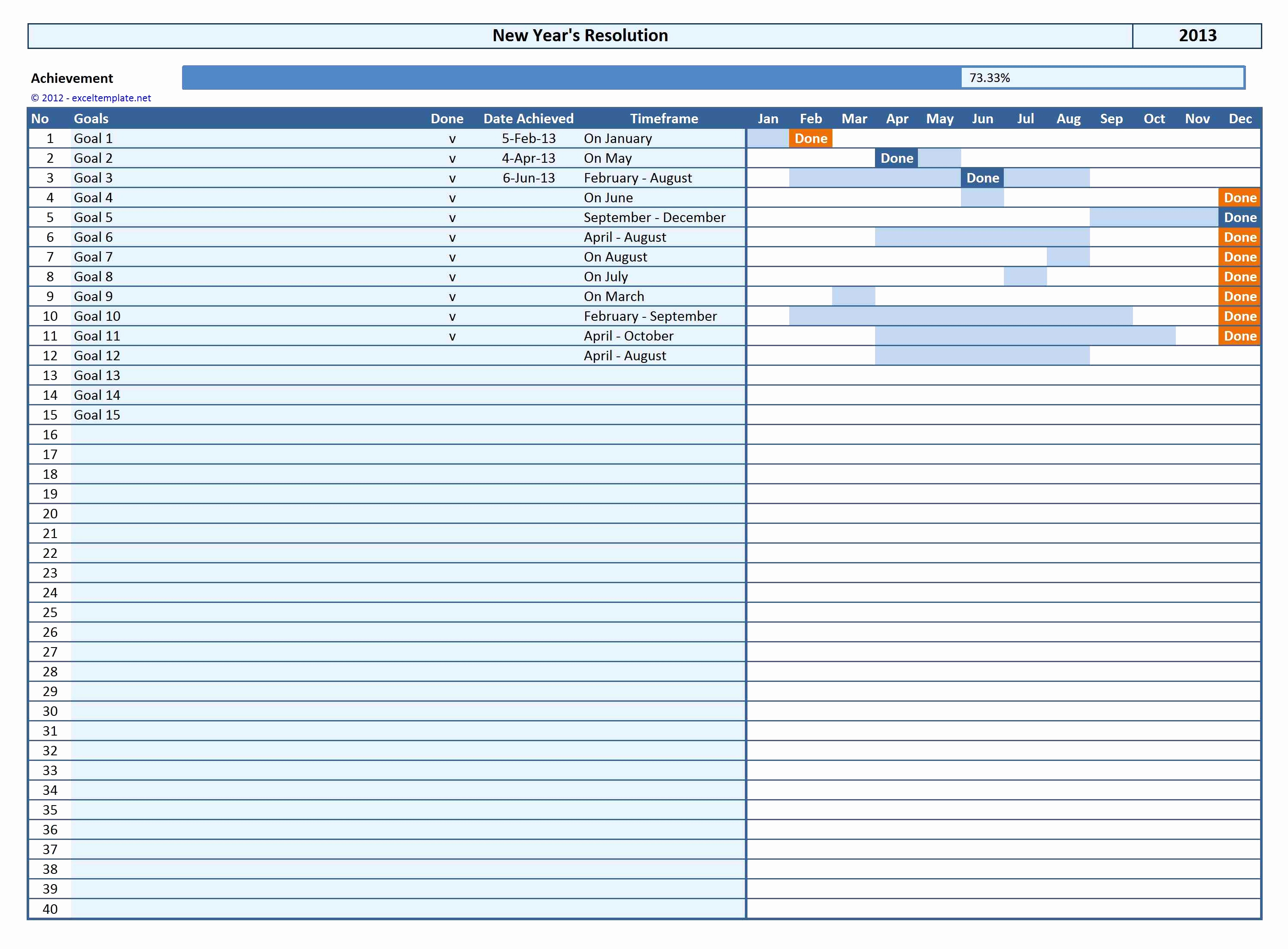Excel Template Creation: Quick and Easy Guide

Creating an Excel template can be a game-changer for businesses and individuals looking to streamline their workflows and ensure consistency in their data management. Whether you're a small business owner trying to manage inventory, an event planner organizing guest lists, or an HR department creating onboarding checklists, a well-designed Excel template can save time, reduce errors, and help in professional presentation of your data.
Why Use Excel Templates?

- Time Savings: With templates, you don’t start from scratch for each new project or task. Instead, you have a pre-formatted structure ready to use.
- Consistency: Templates ensure that all your documents follow the same format, which is crucial for maintaining brand identity or corporate standards.
- Automation: Built-in formulas and conditional formatting can automate calculations and highlight key data points.
- Professional Look: Customized templates provide a polished look, making your data presentations more appealing and effective.
Steps to Create an Excel Template

-
Define the Purpose

Start by clearly defining the purpose of your template. What will it be used for? This will guide your design choices and features to incorporate.

<li>
<h3>Plan the Structure</h3>
<p>Sketch or outline your template's structure:
<ul>
<li>What headers will you include?</li>
<li>Which columns and rows are needed?</li>
<li>How will data be categorized or organized?</li>
</ul>
</p>
</li>
<li>
<h3>Create the Basic Layout</h3>
<p>Open a blank Excel workbook and set up your spreadsheet:
<ul>
<li>Add column headers and row labels.</li>
<li>Set up any static information like titles or logos.</li>
</ul>
</p>
</li>
<li>
<h3>Format Your Template</h3>
<p>Here's where your template comes to life:
<ul>
<li>Apply fonts, colors, and styles to match your branding.</li>
<li>Use merge cells for headers or large blocks of text if needed.</li>
<li>Set up conditional formatting rules for visual data representation.</li>
<li>Add borders, shading, and any other stylistic elements to improve readability.</li>
</ul>
</p>
</li>
<li>
<h3>Add Functionality</h3>
<p>Incorporate formulas or use Excel functions:
<ul>
<li><b>Formulas:</b> Add calculations for totals, averages, or any other data manipulation.</li>
<li><b>Data Validation:</b> Set drop-down lists, date pickers, or validation rules to ensure data integrity.</li>
<li><b>Macros:</b> For advanced users, VBA scripts can automate complex tasks within the template.</li>
</ul>
</p>
</li>
<li>
<h3>Test and Refine</h3>
<p>Before finalizing:
<ul>
<li>Test your template with actual data to catch any errors or overlooked formatting.</li>
<li>Adjust formulas, sizes, or layouts as necessary to make sure everything works seamlessly.</li>
</ul>
</p>
<p class="pro-note">🔧 Note: Sometimes, testing might reveal hidden issues like circular references or conflicts in cell references which need fixing.</p>
</li>
<li>
<h3>Save as Template</h3>
<p>To make it easily accessible:
<ul>
<li>Save the file with a .xltx extension in the Microsoft Excel templates folder. This allows it to appear in the "Personal" category when creating new workbooks.</li>
</ul>
</p>
</li>
Tips for Effective Excel Templates

- Keep it Simple: Don’t overcomplicate. A user-friendly template is more likely to be used regularly.
- Use Named Ranges: Naming cell ranges can make formulas easier to understand and maintain.
- Documentation: Include comments or instructions within the template or in a separate sheet to guide users on how to use it.
- Flexibility: Design your template to accommodate different types of data inputs or expansion over time.
Creating an Excel template might seem like a daunting task at first, but by following these steps, you can quickly develop tools that enhance productivity, ensure data consistency, and maintain a professional standard in your data handling. While the process involves several detailed steps, it's essentially about understanding your data's needs and designing around them, ensuring that your template not only looks good but functions efficiently as well. From business operations to personal projects, Excel templates pave the way for efficient data management and presentation.
How do I save my Excel template so it’s easily accessible?

+
To make your template easily accessible, save it with a .xltx extension in the Microsoft Excel templates folder. This can usually be found by navigating to File > Options > Save > Default Personal Templates location. You can also create a shortcut on your desktop for faster access.
What are some common mistakes when designing Excel templates?

+
Some common mistakes include overcomplicating the design, not testing the template thoroughly, using too many colors or styles which can clutter the view, and forgetting to implement data validation for consistency. Also, not considering user input can lead to confusion or errors.
Can I share my Excel template with others?

+
Yes, you can share your Excel template by sending the .xltx file or by sharing it via cloud storage solutions like OneDrive or Google Drive. Ensure all necessary permissions are in place to view or edit the document, and consider protecting sensitive formulas or data with a password.



